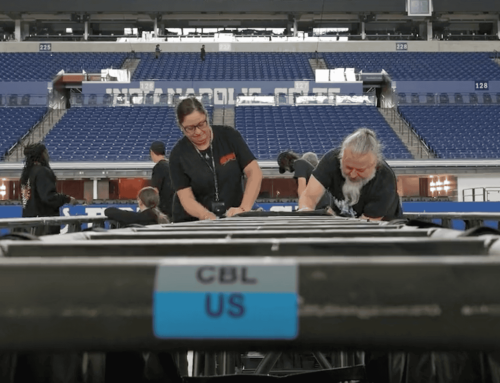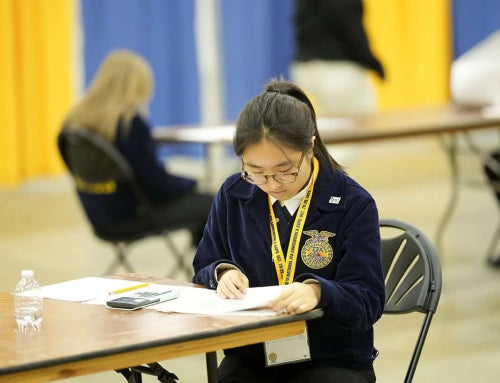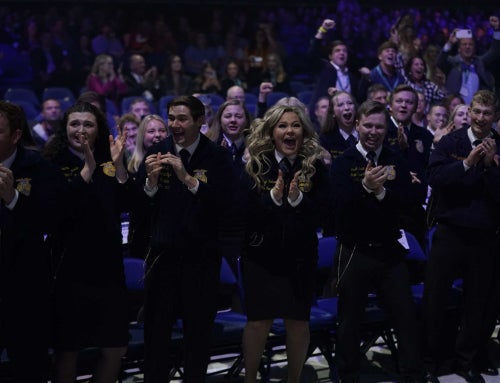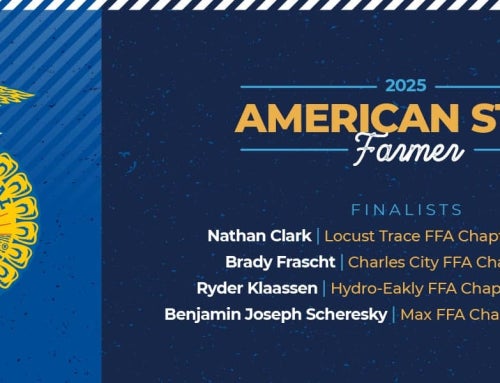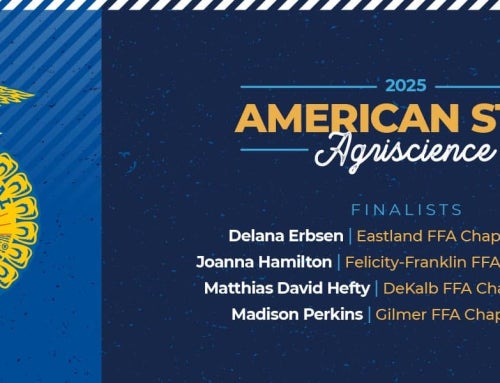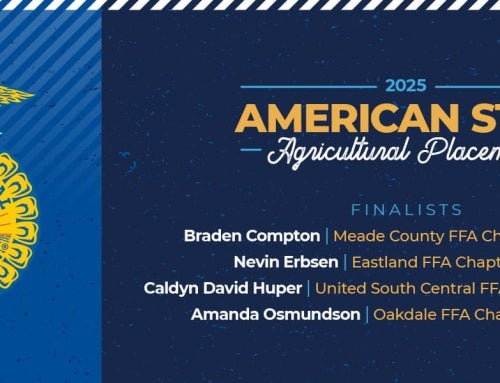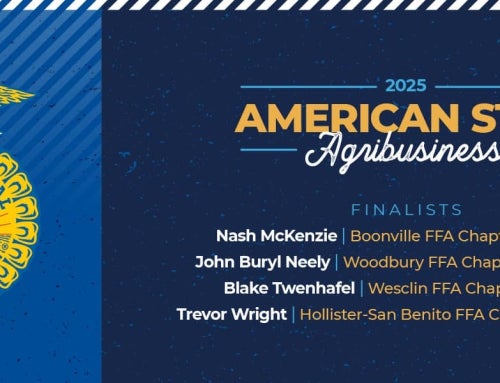As the National FFA Organization prepares for its upcoming 100th anniversary, it’s time to reflect on the roots that grew the organization into what it is today.
The beginnings of agricultural education were formed in 1917, when the Smith-Hughes Act passed in the United States Congress. This act “provided federal funding for vocational agriculture at the high school level, and also teacher training for the vocational agriculture teachers,” says Dr. John Hillison, professor emeritus in Virginia Tech’s Department of Agricultural, Leadership and Community Education.
In September 1925, Virginia Polytechnic Institute and State University (commonly referred to as Virginia Tech) hosted its first “rally,” which included judging competitions, agriculture and horticulture exhibits and a track meet.
Four Virginia agricultural educators — Walter Newman, Edmund Magill, Harry Sanders and Henry Groseclose — thought beyond this event and helped create an organization for those interested in agriculture.
They were “concerned that farm boys didn’t have the confidence in themselves that their city cousins did,” Hillison says. “So, [Groseclose] threw that out as an issue and said, ‘What can we do about that?’ [They] said, ‘Let’s call it the Future Farmers of Virginia, and we’ll also call it FFV.’ So, they got the name.”
In the coming years, the ideas behind FFV spread across the nation, and the Future Farmers of America (now known as the National FFA Organization) was established in 1928.
Nearly a century later, the roots these leaders planted are still going strong, and the next 100 years of history are just beginning.
“It’s amazing that you can look at the FFA Creed, and see that it’s 95 years old, and it still holds true today,” says former FFA advisor Brad Bryant. “I mean, those are the things that we really work toward.”
For more information, view a full timeline of historic FFA milestones.




